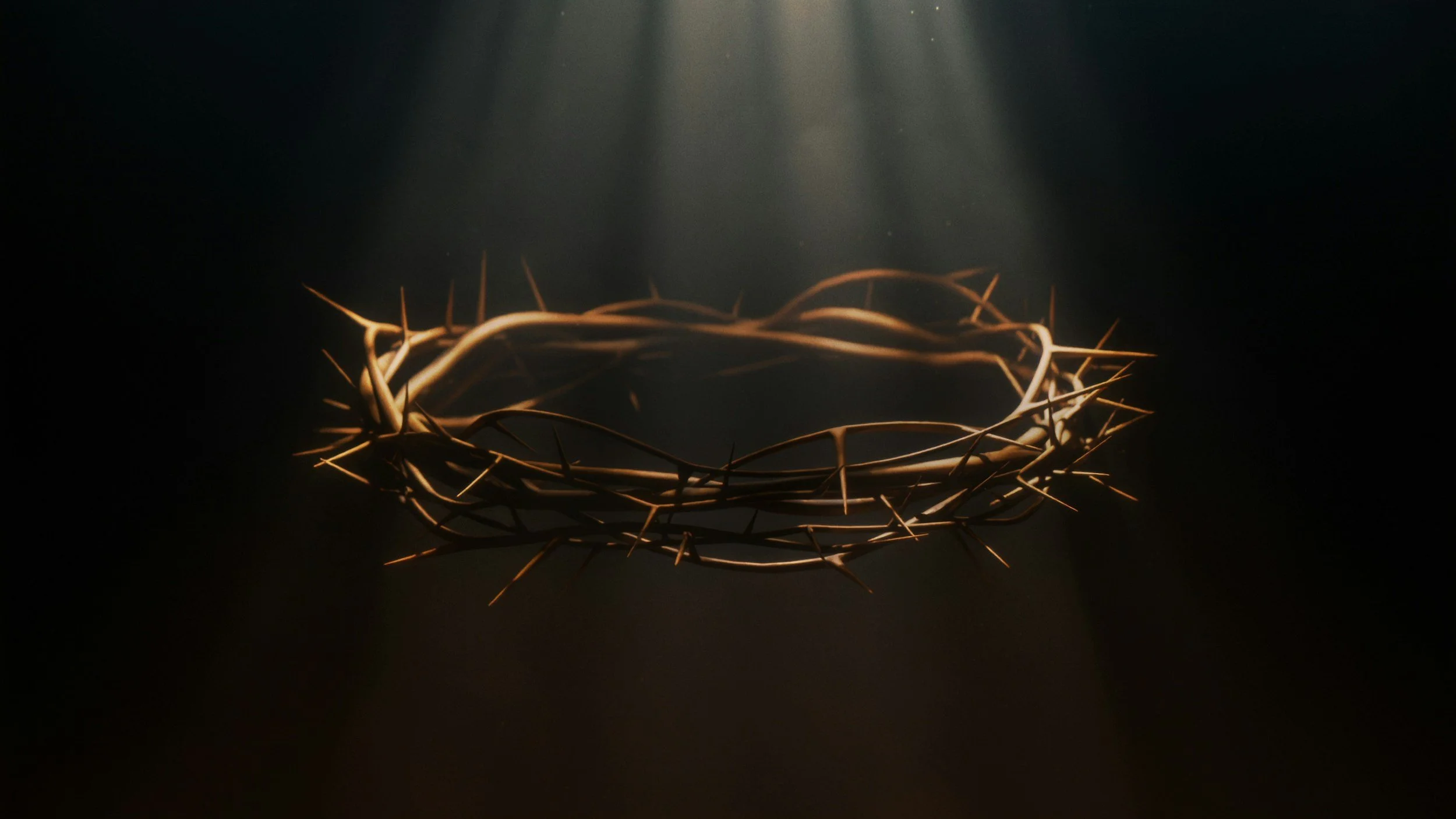I’m pleased to share this article, which was written by a member of Long Hill Baptist Church.
The crucifixion of Jesus Christ is not only a pivotal event in human history but also a moment filled with powerful imagery and spiritual meaning. Among the instruments of His suffering, one stands out for its haunting irony and deep symbolism: the crown of thorns. While the Roman soldiers intended it as a cruel joke to mock Jesus’ kingship, this twisted crown served a greater purpose in God’s redemptive plan. It visibly represented the weight of human sin, the curse of the fall, and the humility of a King who chose to carry it all.
Thorns as a Symbol of the Curse
To understand the significance of the crown of thorns, we must look back to Genesis 3. After Adam and Eve disobeyed God, He declared,
“Cursed is the ground for thy sake... thorns also and thistles shall it bring forth to thee” (Genesis 3:17–18).
Thorns became a symbol of sin's consequences. They were a reminder of the brokenness that entered the world through rebellion. Their appearance was accompanied by pain, toilsome labor, suffering, and the separation between God and humanity.
When the Roman soldiers pressed a crown of thorns onto Jesus' head (Matthew 27:29, John 19:2), they were unknowingly placing the very consequence of sin upon the sinless Son of God. He wore it in full view of the world, bearing the consequences of human disobedience.
A Mockery That Revealed True Kingship
The soldiers meant to humiliate Jesus. They gave Him a purple robe, a reed as a mock scepter, and mocked Him, saying, “Hail, King of the Jews.” Their actions were sarcastic and cruel. Yet in a deeper way, they revealed a profound truth.
Jesus truly is King.
“My kingdom is not of this world:” (John 18:36).
While earthly kings wear crowns of gold and rule through force, Jesus wore a crown of thorns and ruled through sacrifice. His kingship was one of humility, service, and love. What the soldiers meant as mockery became a symbol of His true identity and mission.
The Visible Weight of Sin
The crown of thorns was more than an instrument of pain. It was a powerful image of what Jesus came to do.
"Christ hath redeemed us from the curse of the law, being made a curse for us: for it is written, Cursed is every one that hangeth on a tree:" (Galatians 3:13)
“But he was wounded for our transgressions, he was bruised for our iniquities...” (Isaiah 53:5).
The thorns that pierced His skin pointed to the deeper suffering He endured. They represented every sin, every shame, every curse that He chose to carry. In that moment, Jesus became our substitute. He bore our guilt in full, wearing the curse on His head so we would not have to.
From Thorns to Glory
The story does not end with thorns. Jesus rose from the grave, victorious over sin and death. Revelation 19:12 tells us that, “On his head were many crowns.”
Jesus, who once wore a crown of mockery, now wears crowns of glory. The suffering Savior is now the reigning Lord. The crown of thorns has been exchanged for the crown of eternal kingship. His victory is complete, and because of it, our hope is secure.
Conclusion
Jesus wore the crown of thorns to take upon Himself the full curse of sin. What began in the Garden of Eden with Adam’s fall was atoned for on the cross with Jesus' sacrifice. The thorns that once represented pain and separation now remind us of love, redemption, and victory.
That painful crown was not just a Roman punishment. It was a holy message. Jesus bore the curse so we could receive the crown of life. What was once a symbol of shame has become a testimony of hope and healing.
“Be thou faithful unto death, and I will give thee a crown of life.”
(Revelation 2:10)

